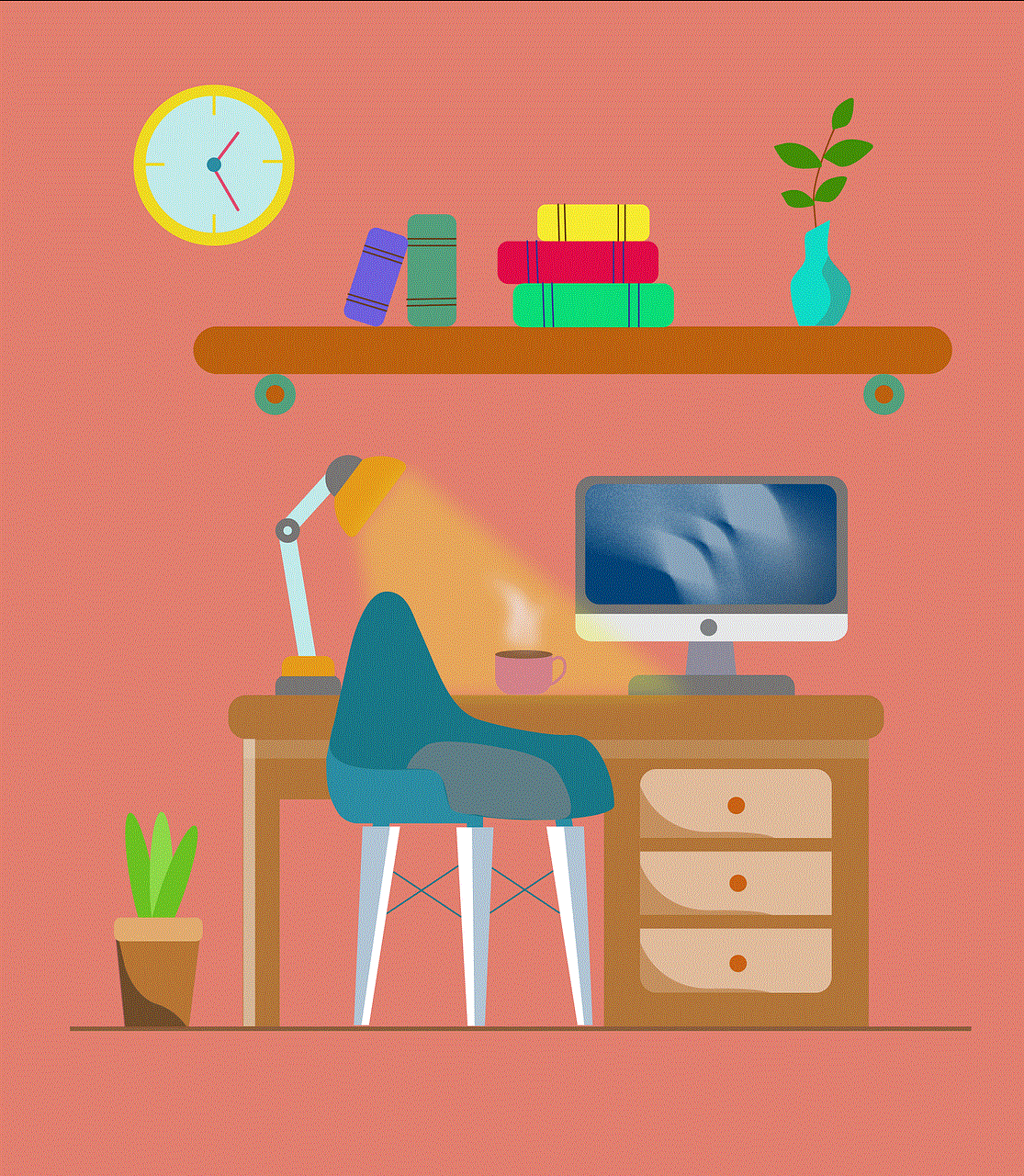how to turn off youtube autoplay
youtube -reviews”>YouTube has become one of the most popular platforms for watching videos, and it’s no secret that its autoplay feature has played a significant role in its success. Autoplay, as the name suggests, automatically plays the next video in the queue once the current one finishes. While this feature can be convenient for some, it can also be a nuisance for others. In this article, we will discuss how to turn off YouTube autoplay and why you might want to do so.
Autoplay is a feature that has been around on YouTube for quite some time now. It was introduced in 2015 and was met with mixed reactions from users. Some found it helpful, while others found it intrusive. The feature was designed to keep users engaged and watching videos for longer periods, which in turn benefits content creators and advertisers. However, as the years have passed, more and more people have started to voice their concerns about the autoplay feature and have been looking for ways to turn it off.
But before we dive into turning off autoplay, let’s take a closer look at how it works. When you finish watching a video on YouTube, the platform will automatically start playing another video from your recommended list. This video is chosen based on your watch history, search queries, and other factors that YouTube uses to determine your interests. While this may seem convenient, it can also lead to endless hours of mindless scrolling and watching videos that you may not be interested in.
So, how do you turn off YouTube autoplay? The process is relatively simple, and there are a few different ways to do it. Let’s explore some of the methods you can use.
1. Turn off Autoplay on the Desktop
If you are using YouTube on your desktop, you can easily turn off autoplay by following these steps:
Step 1: Open YouTube and click on your profile picture in the top right corner.
Step 2: From the drop-down menu, click on “Settings.”
Step 3: In the settings menu, click on “Autoplay” on the left-hand side.
Step 4: Toggle the switch next to “Autoplay next video” to turn it off.
This will disable autoplay on your desktop, and YouTube will no longer automatically play the next video when the current one ends.
2. Turn off Autoplay on Mobile Devices
If you primarily use YouTube on your phone or tablet, you can also disable autoplay on these devices. Here’s how:
Step 1: Open the YouTube app and tap on your profile picture in the top right corner.
Step 2: From the menu, tap on “Settings.”
Step 3: In the settings menu, tap on “Autoplay.”
Step 4: Toggle the switch next to “Autoplay next video” to turn it off.
This will turn off autoplay on your mobile device, and you will have to manually select the next video to watch.
3. Use the “Autoplay” Extension
If you are a Google Chrome user, you can also install the “Autoplay” extension to disable autoplay on YouTube. Here’s how:
Step 1: Open Google Chrome and go to the Chrome Web Store.
Step 2: Search for the “Autoplay” extension and click on “Add to Chrome.”
Step 3: Once the extension is installed, go to YouTube and click on the extension icon in the top right corner.
Step 4: Toggle the switch next to “Autoplay” to turn it off.
This extension will not only disable autoplay on YouTube but also on other websites that have autoplay videos.
4. Use the “Disable HTML5 Autoplay” Extension
Another extension that you can use to turn off autoplay on YouTube is the “Disable HTML5 Autoplay” extension. Here’s how to use it:
Step 1: Open Google Chrome and go to the Chrome Web Store.
Step 2: Search for the “Disable HTML5 Autoplay” extension and click on “Add to Chrome.”
Step 3: Once the extension is installed, go to YouTube and click on the extension icon in the top right corner.
Step 4: Toggle the switch next to “Disable Autoplay” to turn it off.
This extension is specifically designed to disable autoplay on websites that use HTML5 for video playback, including YouTube.
5. Use the “AutoplayStopper” Extension
The “AutoplayStopper” extension is another option for disabling autoplay on YouTube. Here’s how to use it:
Step 1: Open Google Chrome and go to the Chrome Web Store.
Step 2: Search for the “AutoplayStopper” extension and click on “Add to Chrome.”
Step 3: Once the extension is installed, go to YouTube and click on the extension icon in the top right corner.
Step 4: Toggle the switch next to “AutoplayStopper” to turn it off.
This extension also allows you to customize which websites you want to disable autoplay on.
6. Use the “Disable Autoplay” Feature on the YouTube App
If you primarily use the YouTube app on your phone or tablet, you can also turn off autoplay within the app itself. Here’s how:
Step 1: Open the YouTube app and tap on your profile picture in the top right corner.
Step 2: From the menu, tap on “Settings.”



Step 3: In the settings menu, tap on “Autoplay.”
Step 4: Toggle the switch next to “Autoplay on Home” to turn it off.
This will disable autoplay on the YouTube app’s home screen, but it will still autoplay the next video when you are watching a video on the app.
7. Use the “Take a Break” Feature
If you want to limit your screen time on YouTube, you can also use the “Take a Break” feature to turn off autoplay. Here’s how:
Step 1: Open the YouTube app and tap on your profile picture in the top right corner.
Step 2: From the menu, tap on “Settings.”
Step 3: In the settings menu, tap on “General.”
Step 4: Scroll down and tap on “Time watched.”
Step 5: Toggle the switch next to “Remind me to take a break” to turn it on.
Step 6: Set a reminder interval, and YouTube will stop playing videos once the time is up.
This feature can also be helpful if you want to take breaks while watching videos and not get caught up in the autoplay loop.
Why Turn off YouTube Autoplay?
Now that we have discussed how to turn off YouTube autoplay let’s take a look at why you might want to do so. Here are some of the reasons why people choose to disable the autoplay feature:
1. To Save Data
Autoplay can be a significant drain on your data plan, especially if you are watching videos on your phone. Disabling autoplay can help you save on data usage and prevent unexpected charges on your internet bill.
2. To Avoid Unwanted Videos
YouTube’s algorithm is not perfect, and sometimes it may recommend videos that you have no interest in watching. By disabling autoplay, you can avoid being bombarded with videos that you are not interested in.
3. To Take Control of Your Viewing Experience
Autoplay takes away control from the viewer, as the next video starts playing automatically. By disabling it, you can choose which videos you want to watch next and have a more personalized viewing experience.
4. To Stay Focused
It’s no secret that YouTube can be a major distraction, and autoplay only adds to it. By turning it off, you can avoid getting sucked into a never-ending cycle of videos and stay focused on other tasks.
5. To Improve Battery Life



Watching videos on YouTube can consume a significant amount of battery, especially on mobile devices. By turning off autoplay, you can save battery life and ensure that your device lasts longer.
6. To Avoid Inappropriate Content
YouTube’s algorithm is not perfect, and sometimes it may recommend videos with inappropriate or sensitive content. By disabling autoplay, you can prevent these videos from playing automatically and avoid being exposed to content that you may find offensive.
In conclusion, autoplay on YouTube can be a useful feature for some users, but for others, it can be an annoyance. If you are one of the many people looking to turn off autoplay, you can use one of the methods mentioned above to do so. Whether you want to save data, avoid unwanted videos, or take control of your viewing experience, disabling autoplay can help you achieve your goal. So go ahead and try out these methods and see which one works best for you. Happy watching (without autoplay)!
is ice skating easy
Ice skating is a popular winter sport and recreational activity that involves gliding on ice using specially designed shoes with blades attached to the bottom. It is a fun and exhilarating activity that can be enjoyed by people of all ages and skill levels. However, for those who have never tried it before, the question often arises – is ice skating easy? In this article, we will delve into the world of ice skating and explore its challenges and rewards.
History of Ice Skating
The origins of ice skating can be traced back to ancient times when people in colder regions of the world would use animal bones strapped to their feet to glide across frozen lakes and rivers. The first pair of iron-bladed ice skates was invented in the 14th century by the Dutch, and from then on, the sport gained popularity across Europe. In the 19th century, the first artificial ice rink was built in London, and this marked the beginning of organized ice skating competitions and the formation of ice skating clubs.
Types of Ice Skating
There are various types of ice skating, each with its own set of techniques and equipment. The most common form is figure skating, which involves performing spins, jumps, and intricate footwork on the ice. This is the type of ice skating that is usually seen in competitions and exhibitions. Another popular form is speed skating, which involves racing against the clock on a designated track. Ice hockey is also a form of ice skating that requires players to glide on the ice while trying to score goals using a stick and a puck.
Is Ice Skating Easy?
The answer to this question depends on various factors, such as your level of physical fitness, age, and determination. For some people, ice skating may come naturally, while for others, it may take some time to get the hang of it. It is important to remember that like any other sport, ice skating requires practice and patience to master.
Physical Demands of Ice Skating
One of the reasons why some people may find ice skating challenging is the physical demands it places on the body. It requires a good amount of balance, flexibility, and strength to glide smoothly on the ice. Beginners may feel soreness in their legs, arms, and core muscles after their first few sessions as their bodies adjust to the new movements. However, with regular practice, these muscles will become stronger, and the activity will become easier and more enjoyable.
Learning the Basics
Ice skating may seem daunting at first, but with proper instruction and practice, anyone can learn how to do it. The first step is to get comfortable with the ice. This may involve learning how to fall safely, which is an essential skill for every ice skater. It is also important to learn how to stand and move on the ice without losing your balance. This may take some time, but with the help of an instructor, you will soon get the hang of it.
Another essential skill to learn is how to stop. This may sound simple, but it requires proper technique to avoid falling. Most beginners are taught the snowplow stop, which involves turning the feet inward to create a wedge shape on the ice, slowing down and eventually coming to a stop. This is a basic but effective way to stop when you are still learning.
Once you have mastered the basics, you can move on to more advanced techniques, such as crossovers, turns, and jumps. These require more balance and coordination, and it may take some time to perfect them. However, with consistent practice and determination, you will be able to perform these moves with ease.
Challenges of Ice Skating
Apart from the physical demands, ice skating also presents some mental challenges. Fear of falling is one of the most common challenges that beginners face. This fear can hinder progress and make it difficult to learn new skills. However, with proper instruction and the use of safety equipment, such as helmets and knee pads, this fear can be overcome.
Another mental challenge is the pressure to perform. This is especially true for those who are interested in competitive ice skating. The fear of making mistakes or falling in front of an audience can be overwhelming. However, with a positive mindset and the support of coaches and fellow skaters, this pressure can be managed.
Benefits of Ice Skating
Despite its challenges, ice skating offers numerous benefits for both physical and mental well-being. It is a great form of exercise that can improve cardiovascular health, strengthen muscles, and increase flexibility. It also helps to improve balance and coordination, which are essential skills for everyday life. On a mental level, ice skating can boost self-confidence, reduce stress and anxiety, and promote a sense of achievement.
Furthermore, ice skating is a social activity that allows people to make new friends and build a sense of community. Skating with others can also be motivating and can push you to improve your skills. Many ice skating rinks also offer group classes and events, which provide opportunities for socializing and learning from others.
Precautions for Ice Skating
As with any physical activity, it is important to take precautions to ensure your safety while ice skating. This includes wearing appropriate clothing, such as warm and comfortable layers, and safety equipment, such as helmets and knee pads. It is also essential to warm up and stretch before skating to prevent injuries. Additionally, it is important to follow the rules and regulations of the ice skating rink and listen to the instructions of coaches or instructors.



Conclusion
In conclusion, ice skating is not an easy activity, but with practice and determination, anyone can learn how to do it. It offers numerous physical and mental benefits and is a fun and exciting way to stay active during the winter months. Whether you are a beginner or an experienced skater, there is always room for improvement and new challenges to conquer. So, put on your skates and hit the ice – you never know, you may discover a hidden talent for gliding on ice.
